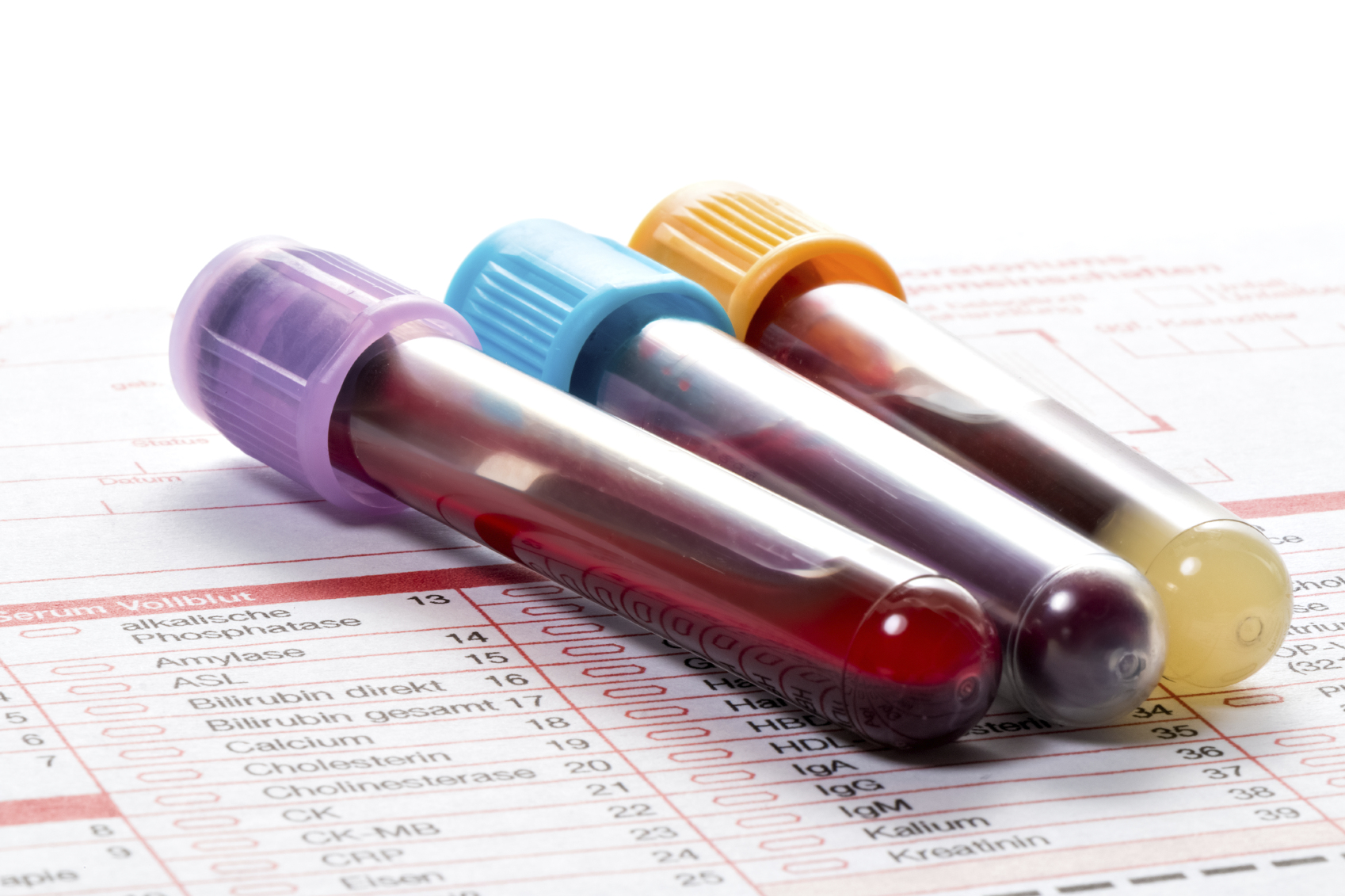The FM/a test is advertised as a definitive test to diagnose fibromyalgia. It isn’t definitive. It is expensive. It has not been shown to change patient outcomes.

I was surprised to learn that there is a blood test to diagnose fibromyalgia, the FM/a test. Is it accurate? Is it useful?
Fibromyalgia is still a disputed diagnosis. Some think it is a discrete disease, others think it is not a disease because there are no objective abnormalities on physical examination and there is no objective diagnostic test. It is hard to distinguish from other medically unexplained conditions such as chronic fatigue syndrome. It shares many features with other conditions like polymyalgia rheumatica, rheumatoid arthritis, lupus, and others; but those conditions may coexist with fibromyalgia.
Fibromyalgia is characterized by (1) widespread pain lasting at least three months involving both sides of the body, above and below the waist, and including the axial skeletal system, and (2) tender points in 11 out of 18 specific paired anatomic sites. It is associated with anxiety, depression, cognitive difficulties, fatigue, headache, paresthesias, and sleep disturbances. Diagnosis used to require the clinician to evaluate tenderness by palpating the 18 anatomic sites, but that was rejected as unreliable. Revised diagnostic criteria require pain in at least four of five regions and rely on a widespread pain index (WPI) score and a symptom severity scale (SS); symptoms must have been consistent for three months and other diagnosable conditions must have been ruled out.
The website for the FM/a test lists 12 symptoms: chronic fatigue, joint aches, chronic painful or tender areas, leg cramps, mental/brain fogginess, restless legs when you sleep, poor sleep, anxiety/nervousness, trouble concentrating, feeling depressed, frequent headaches, and numbness or tingling. It says if you have four or more of these symptoms, it could be fibromyalgia and you should take the FM/a test to find out for sure. It says FM/a is the first definitive test for fibromyalgia. That is misleading. The test is far from “definitive” and their symptom list includes complaints that are common for a lot of people who don’t have fibromyalgia.
What is the FM/a test?
According to an article by Straub and Monsey in the family medicine journal American Family Physician
FM/a is a cytokine assay of in vitro stimulated peripheral blood mononuclear cells. Production of cytokines by stimulated immune cells in patients with fibromyalgia has been shown to be significantly different from that of healthy control patients. Based on the concentrations of four cytokines, a cytokine/chemokine composite score, calculated as 1 / (1 + e−x) * 100, on a scale of 0 to 100 was developed. A score greater than 50 is considered positive for fibromyalgia.
Accuracy
A study comparing fibromyalgia patients to healthy controls reported that the test had a sensitivity of 93% and a specificity of 89%, with a positive likelihood ratio of 8.5 and a negative likelihood ratio of 0.08. A study with a more appropriate comparison group of patients with known rheumatoid arthritis (RA) or systemic lupus erythematosus ( SLE) found a much lower specificity of 70% with a positive likelihood ratio of 3.1 and a negative likelihood ratio of 0.1. It would be more meaningful to study patients with clinically suspected fibromyalgia, but no such study has been done. There has been no research evaluating the accuracy of the test in the general population or demonstrating any change in patient outcomes.
Downsides
This is far from a perfect test. Some problematic concerns:
- Patients must stop taking any medications that may alter their immune systems for two weeks prior to testing. These include anticancer drugs, disease-modifying antirheumatic drugs, steroids, and turmeric.
- The false positive rate is higher in patients with SLE (29%) and RA (31%).
- The cost of the test is $1,080.
Conclusion: Expensive test, not definitive
The claim that this test is definitive is advertising hype not supported by the evidence. There is no indication that it is useful as a stand-alone test for fibromyalgia or that it has any effect on patient outcomes. Having four of the symptoms listed on the website does not justify testing and would be a waste of $1,080. The test is covered by some insurance carriers, but in my opinion it probably shouldn’t be.
There is still no widely accepted test to diagnose fibromyalgia.
This article was originally published in the Science-Based Medicine Blog.
